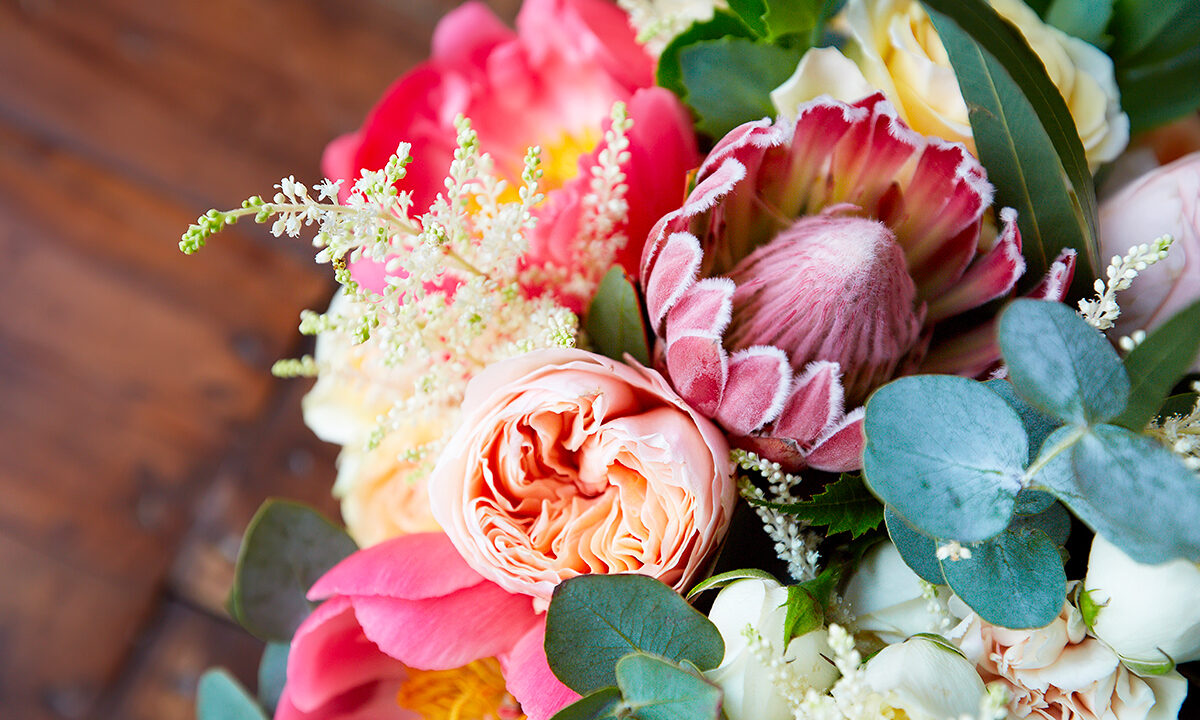


Oscar Wilde once said, “A flower blooms for its own joy.” This quote, while ostensibly profound, is scientifically defective.
Flowers, it seems, don’t merely blossom for themselves. Their positive influences on our health are perhaps abstruse but nonetheless extraordinary.
We live in a society where stressors inundate our everyday life. From the omnipresence of electronic screens to the consumption of processed foods to disappointing headlines, every day, we ride an emotional rollercoaster that severely impacts our health and longevity.
However, we can make many simple yet effective lifestyle changes to decrease the negative impact of stress and anxiety on our health. Perhaps the most beautiful way is by incorporating more plants and flowers into our ways of living.
“Being around plants can cause a response within our body that reduces the amount of cortisol that is present in our saliva,” explained Melinda Knuth, assistant professor of horticulture science at North Carolina State University.
Cortisol, the body’s stress hormone, is critical to our health. But when it’s chronically elevated, it can cause immune suppression, sickness, and delayed healing.
“By reducing physical stress responses, we can be refreshed and calmer,” she told The Epoch Times.
Hypothesizing that flowers have a unique ability to enhance healing by downregulating elevated cortisol, researchers launched a clinical trial to examine whether the presence of flowers affected how patients heal from various surgeries.
Keep in mind: The flowers were used in an ornamental fashion, not in a medical manner.
Of the study’s 90 participants, half the patients received flowers in their recovery rooms, while the other half didn’t have any flowers in their rooms.
The study found that patients in hospital rooms with flowers had significantly more positive physiologic responses, evidenced by lower systolic blood pressure and lower pain, anxiety, and fatigue ratings than patients in the other rooms.
The study concluded that the ornamental presence of flowers proves to be “effective complementary medicine for surgical patients.”
While these findings baffle many, they contribute to a larger body of evidence that highlights how serene and sterile environments influence our health and rate of healing.
“Within the last century, humans have gone through a technology revolution which has made our lives more sedative and removed from nature because we are staying within our indoor environments more,” said Knuth. The removal of nature from our daily lives, she says, goes against our biological instincts.
Therefore, when we’re closer to nature—even if it’s just a bouquet sitting on a counter—we’re creating an environment that fosters health.
In the same way that flowers foster a better healing environment and reduce stress levels, multiple studies have demonstrated that flowers promote better sleep.
In one randomized crossover study, researchers found that indoor plants support “comfortable” and “restful” feelings associated with improved sleep quality.
In another study, researchers discovered flowers in sleeping quarters “could significantly regulate humans’ emotion and sleep through their own color and fragrance.”
While we have benefited simply by being near flowers, humans have also utilized the power of flowers for thousands of years. Below is a list of flowers with unique medicinal qualities used in teas, essential oils, and tinctures.
Mother’s Day flowers are more than a way of showing gratitude to mothers—they’re a way to make mothers healthier.
